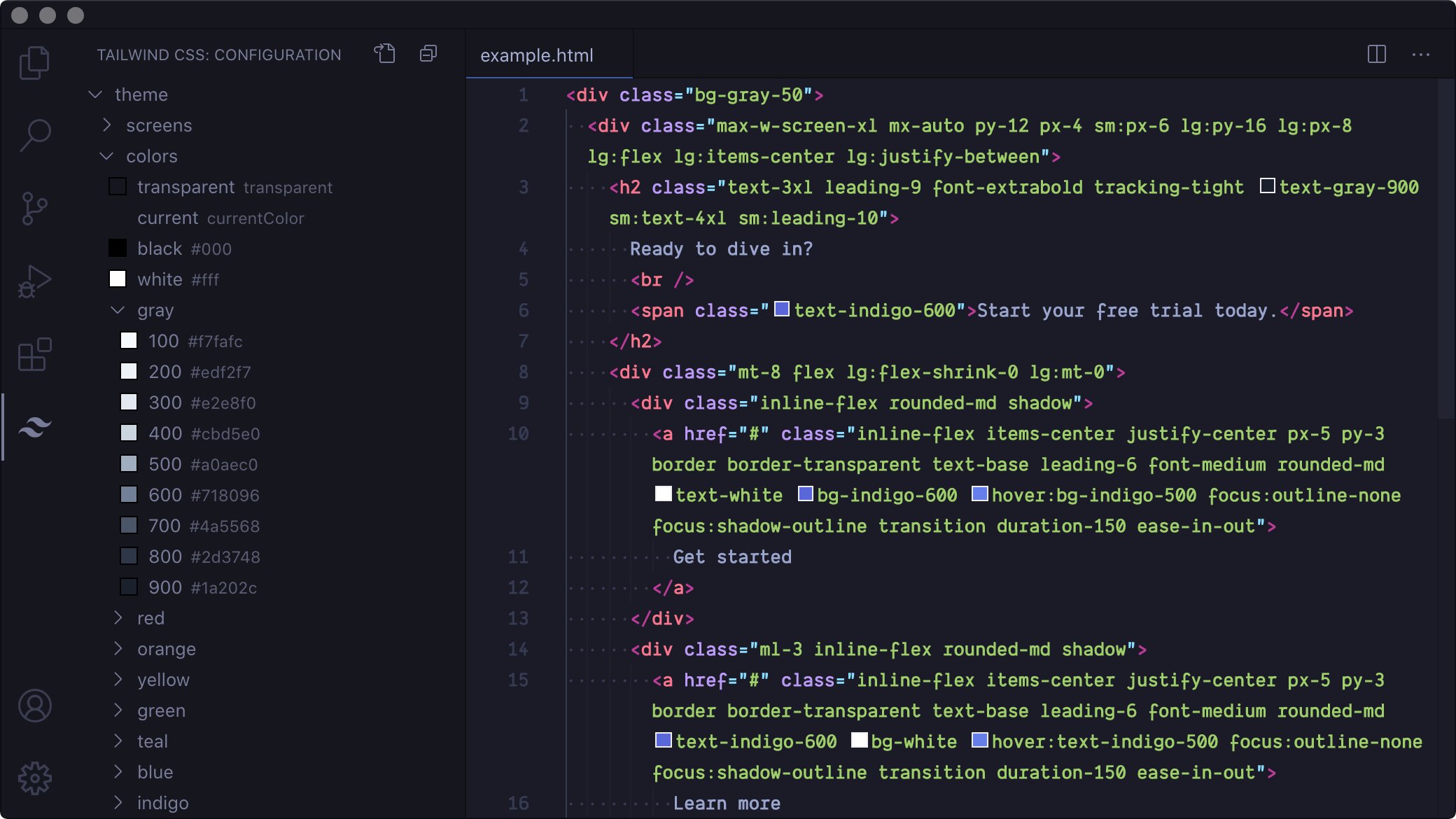Gisteren in Ter Zake zat een dame van SD Worx die wat kwam vertellen over telewerken. Wat ze zei klonk als de mening van iemand die het concept van telewerken 6 maanden geleden heeft leren kennen.
Het ging dan van “je moet je collega’s toch kunnen zien” naar “koffiemoment belangrijk” tot “een tip: zeg ‘s ochtends hallo op de chat, want dan weten de collega’s dat je aan het werk bent” (wauw… pro tip!).
In dit weekendartikel van dS worden 2 scholen aan het woord gelaten. Eerst een school met heel vernieuwende ideeën, waar ik heel blij van werd (tweet) en dan een traditionele visie.
Onderaan het artikel van dS staat een stukje gesprek met iemand van de traditionele visie, ik citeer: “In de klas heb je de leerlingen sneller bij de hand.” “
Dit moet me erg denken aan de bedrijfsleiders die 1 maand na corona kwamen getuigen in actuaprogramma’s dat het werken op afstand niet werkt. Er was een bedrijfsleider die vond dat in een call met 10+ personen hij niet dezelfde dynamiek had als in het echt. Dat hij de kamer niet kon lezen. Dat hij niet kon weten wie wat gehoord had.
Ik lees daar vooral een autoritaire stem in die niet omkan met een verlies aan controle, maar goed.
Bovenstaande meningen gaan dan typisch gepaard met anekdotes over waarom het niet gewerkt heeft om iets op afstand te doen. Maar wat je dan ook telkens ziet is dat de partijen die stellen dat “het niet werkt” het proces van het “in het echt doen” één op één hebben getransporteerd naar het digitale.
Hebben we elke dag een status meeting op kantoor om 9u? OK, dan doen we dat ook online. In het onderwijs: hebben we lesblokken van 50 minuten? OK, dan nemen we dat ook over. Het is verfrissend hoe er in het dS artikel door de eerste school uit Gent wordt nagedacht over hoe ze de vorm van leren kunnen veranderen en daar dan ook effectief mee experimenteren.
Deze week had ik het met Xavier over hoe het interessant is om voor evenementen de vorm te veranderen. Waarom geen evenement spreiden over meerdere weken? Waarom niet een aantal contactmomenten plannen over een langere tijd? Ere wie ere toekomt, we hadden net de planning gelezen van Namahn’s design thinking camp.
Als je een conferentie geeft waar mensen real-life bij elkaar komen ben je gelimiteerd door zaalhuur, mensen uit verschillende landen die moeten invliegen, hotelkosten niet te hard laten oplopen enz. Maar in plaats van alles te condenseren op 2 dagen, waarom geen 2 weken? Met sessies van een uur, sessies van 2 uur, verspreid over verschillende momenten. Met 1 op 1 en groepsnetworking opportuniteiten.
De situatie verandert, dus je kan de vorm veranderen. De restricties liggen anders en je kan daar dus op inspelen.
Deze week gaf ik een talk met het Hopin platform en daar zaten enkele heel goede ideeën in. Binnen de Svelte community is er weer een nieuw evenement aangekondigd, Svelte Summit. Ik hoop daar nog enige invloed te hebben om het eventueel over meerdere dagen te plannen en officiële, kortere events te houden voor en na de conferentie.
Nu, al dit zet me wel aan het denken. Ik geef workshops over het designprogramma Figma. Dit is normaal in het echt met een groep van 5-10 mensen. Maar nu is het dus overgeschakeld naar een workshop op afstand.
Ik heb al gemerkt dat de formule van gewoon lesgeven aan een grote groep van 10 voor 4-6u niet altijd even goed werkt online.
De deelnemers van de workshops zijn over het algemeen tevreden, maar als leerkracht ben ik niet altijd tevreden met hoe het verlopen is. Ik mis de tools om bepaalde dingen op een goede manier te managen.
Eén keer is het ook mis gegaan in mijn ogen, met een totaal verkeerde timing en een “disconnect” tussen wat ik wou uitleggen en de mindset van het publiek. Ik heb hier mee ingezeten, want ik wil natuurlijk altijd een goeie workshop geven.
Ik heb bv. ergens een pauze ingelast. De ene vond de pauze te lang, de andere te kort.
Wat ook al eens gebeurd is dat niet kan volgen.. Dan moet de hele groep moet kijken hoe die persoon privéles krijgt met 9 toeschouwers. Leuk is anders voor die persoon: die voelt dan een enorme druk.. Als leerkracht kan je tegelijk ook niet niét op die persoon zijn vraag antwoorden.
In de context van bijleren, denk ik er nu aan om mijn Figma workshop op te delen in modules en leerpaden. Ik wil opnames maken van stukken van de cursus, en er een combinatie van zelf-studie en coaching via video calls van maken, samen met groepslessen.
Ik moet dus in feite de manier waarop ik een workshop geef fundamenteel herdenken. Als de situatie verandert moet de vorm veranderen. Logisch toch?
